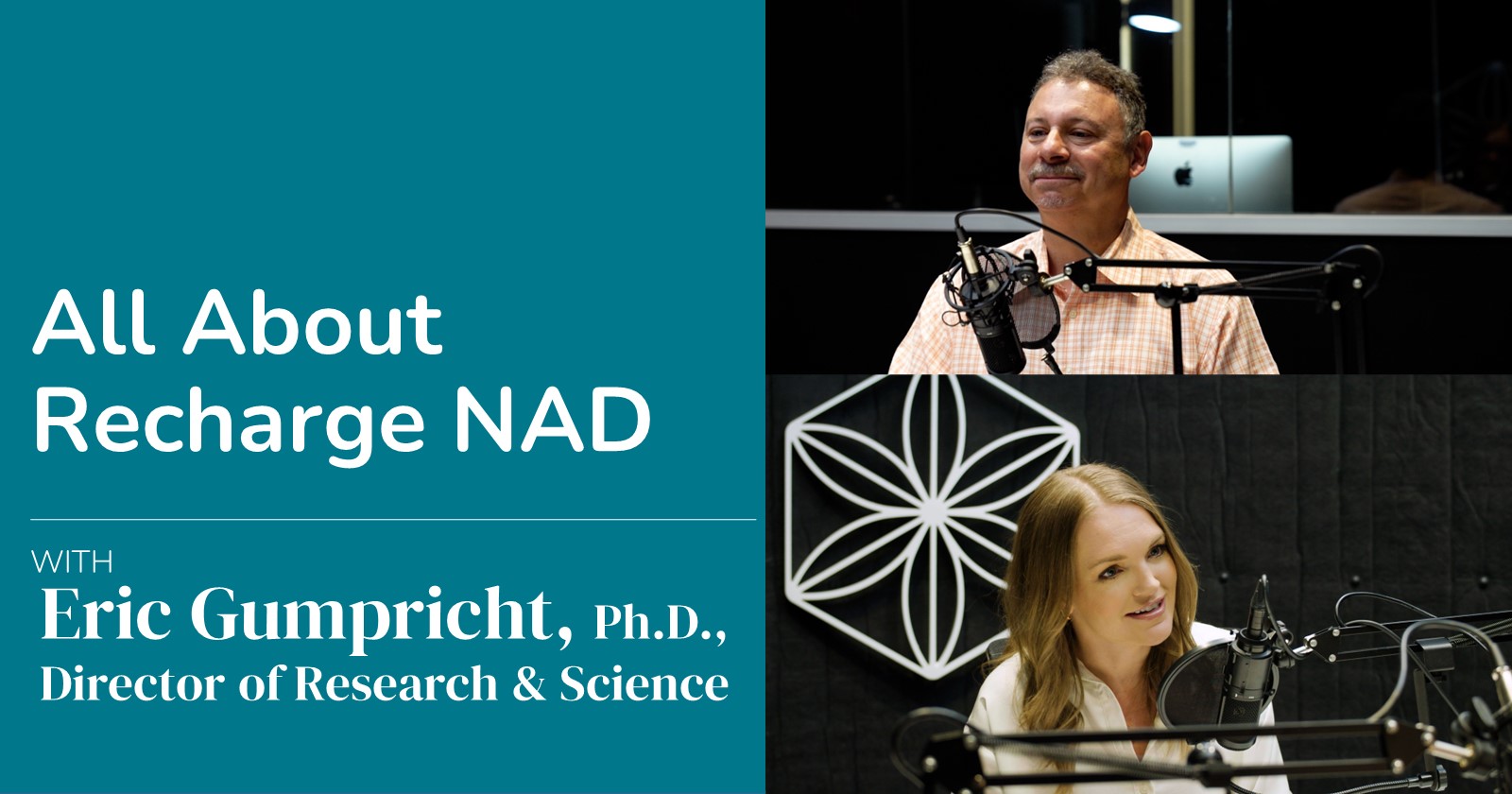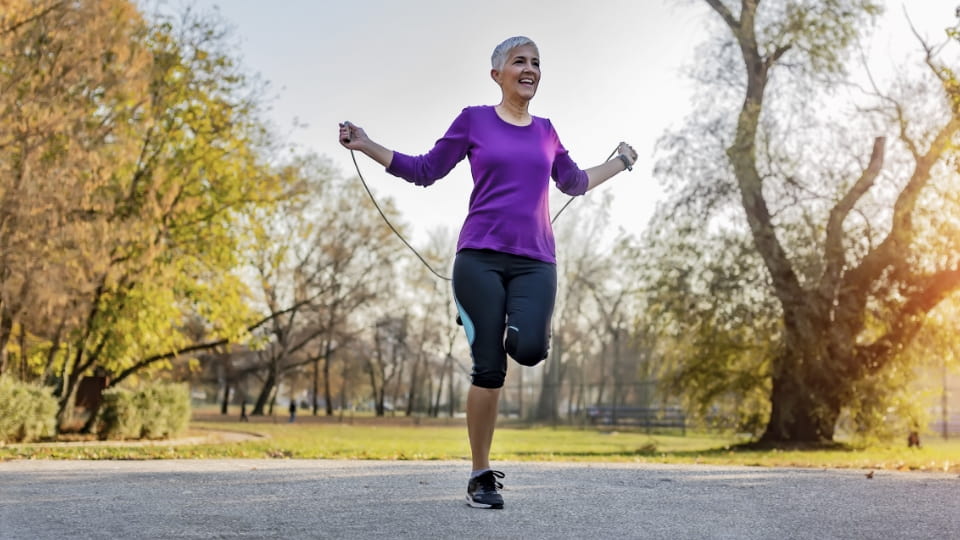While the health benefits from all types of exercise are indisputable – and keep us feeling and looking younger – there are different types of exercise that stimulate various, but specific, age-defying responses in our bodies.
Now recent research adds more evidence that high-intensity interval training is a superior method of exercise for guarding and even reversing some of the detrimental changes in our cells as we age.
While it is different from resistance training, HIIT involves repeating short bouts of activity at very high intensities followed by low-intensity periods. An example of HIIT at its most basic would be a combination of repeated sprints with walking in between. In a short length of exercise time, HIIT has the ability to increase mitochondrial content. Mitochondria are the powerhouses of the cell and help create energy. As we age their content reduces, which diminishes our ability to produce energy – resulting in more rapid fatigue.
Recently published in the journal of Cell Metabolism, researchers from the Mayo Clinic in Rochester, Minnesota found HIIT boosted the ability of the mitochondria within cells to generate energy 20 percent more in older versus younger subjects.
The study recruited participants into two distinct age groups: young (18 to 30 years) or older (65 to 80 years) with a goal of an equal number of men and women. The study then randomized the subjects into three groups of interval training, weight training, or a combination of the two for 12 weeks. Muscle biopsies were taken before and after to measure the impact on their muscle cells.
The study found that HIIT improved cardiovascular fitness, insulin sensitivity, mitochondrial respiration, and fat-free mass in both age groups. Weight training improved fat-free mass and insulin sensitivity in both age groups while the combination training had lesser gains, perhaps due to differences in training intensity.
In comparison to the other conditions, HIIT increased gene expression involved in mitochondrial production. But the greater expression was more profound in older adults. The research suggests HIIT could achieve its beneficial effects regardless of age.
Besides the mitochondrial changes, HIIT subjects also saw surges in lung, heart, and circulation health. The amount of oxygen they could inhale and consume rose significantly – by 28 percent in the younger group and by 17 percent in the older group. HIIT also had a positive effect on muscle, but not to the same extent as with weight training. Weight training triggered none of the mitochondrial and respiratory benefits that HIIT did.
HIIT is an excellent way to reap some unique health benefits and addresses many deficits as we age. While sprinting may not be the best choice for everyone, the concept can be applied to many forms of exercise including cycling, the elliptical machine, and swimming.
Reference
Robinson MM, Dasari S, Konopka AR, Johnson ML, Manjunatha S, Esponda RR, Carter RE, Lanza IR & Nair KS. Enhanced Protein Translation Underlies Improved Metabolic and Physical Adaptations to Different Exercise Training Modes in Young and Old Humans. Cell Metab. 2017 Mar 7; 25(3):581-592.





